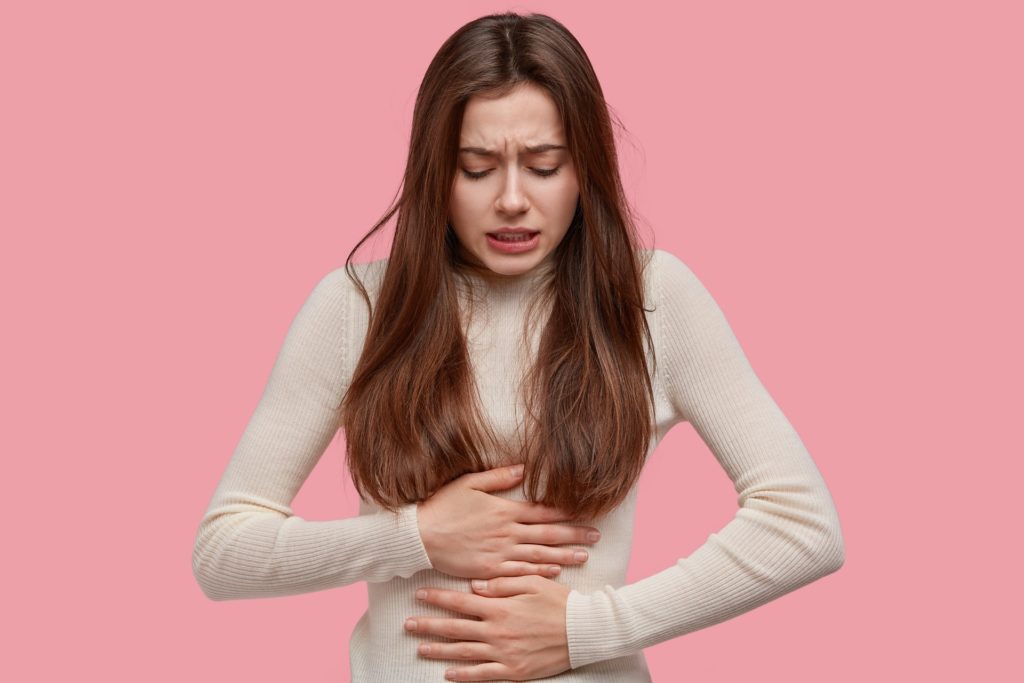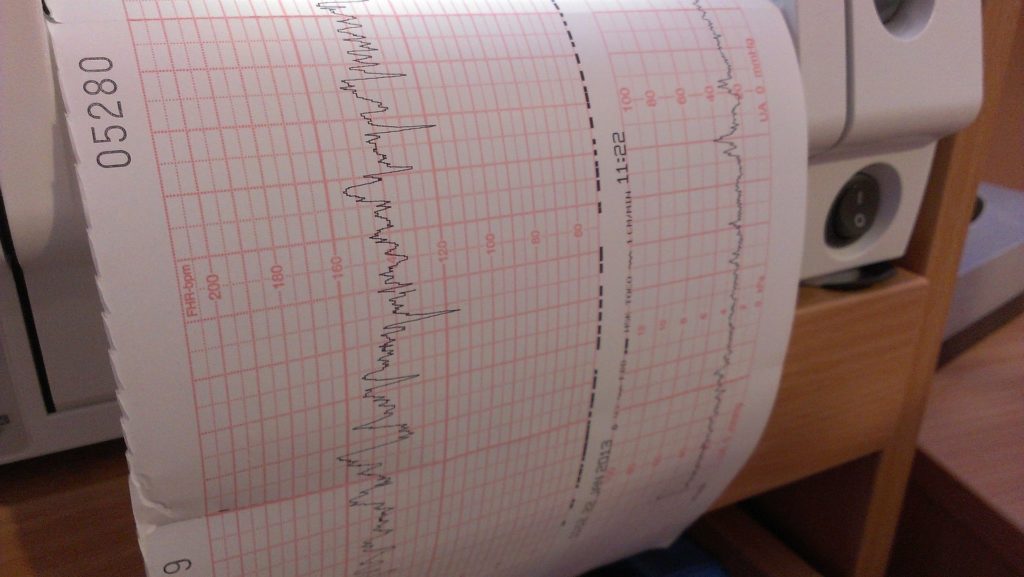Did you know, by the time they reach the age of 50, up to 80% of women have fibroids, according to the Office on Women’s Health? Most women, however, don’t have any symptoms and might never be aware that they have fibroids.
Below, we will be looking at what fibroids are, how you diagnose them, and ways in which you can treat your symptoms.
What Are Fibroids?
Fibroids are abnormal growths that form in or on the uterus of women. There are occasions when these lesions grow extremely large, causing excruciating stomach pain and irregular periods. Other times, they do not appear to have any effect. Most of the time, the growths are benign or non-cancerous. There is no known cause of fibroids.
The most prevalent kind of fibroids is those that are intramural. These varieties manifest themselves within the uterus’s musculature. The expansion of intramural fibroids may cause your womb to stretch.
Risk Factors For Getting Fibroids?
If a woman has one or more of the listed risk factors, she is more inclined to get fibroids:
- Falling Pregnant
- Fibroids run in your family
- 30 years older
- Overweight
The Symptoms Of Fibroids
The number, location, and size of lesions you have will all affect your symptoms. For example, submucosal fibroids can make it difficult to conceive and produce excessive menstrual flow.
You might not experience any symptoms if your lesion is tiny or you are going through menopause.
It is possible for fibroids to decrease whilst you are going through menopause and post-menopause. This is because there is a decrease in estrogen and progesterone levels in the body. These two hormones may create the formation of fibroids, in menopausal women.

Fibroid symptoms may include:
- Pain in the pelvis or lower back, excessive bleeding before or during periods that involves blood clots.
- An increase in period cramps, increased urine, prolonged menstruation, pressure, or feeling of heaviness in your lower abdomen.
- Abdominal swelling or enlargement
Ways In Which To Diagnose Fibroids
You must visit a gynecologist to receive a pelvic exam in order to receive an accurate diagnosis. This examination is done to determine your uterus’s health, dimensions, and shape. You might additionally require the following tests:
An Ultrasound
An ultrasound creates images of your uterus on a screen using high-frequency sound waves. Your doctor will be able to see the inside anatomy and any fibroids by doing this. Since the ultrasound wand is placed inside the vagina during a transvaginal ultrasound, it is closer to the uterus and may produce crisper images.

A Pelvic MRI
A detailed imaging examination called an MRI creates images of your uterus, ovaries, as well as other pelvic organs.
Treatment Options For Fibroids
Your doctor will create a treatment plan based on your age, fibroids’ size, and general health. A variety of therapies might be applied to you.
Medication
Your doctor might advise hormone-balancing drugs to decrease fibroids.
Leuprolide (Lupron), a gonadotropin-releasing hormone (GnRH) agonist, lowers your levels of estrogen and progesterone. The fibroids will ultimately diminish, and the menstruation will end.
GnRH antagonists also aid fibroid shrinkage. They function by inhibiting the production of follicle-stimulating hormone (FSH) and luteinizing hormone by your body (LH).

Hypoechoic Fibroid – By Meredith
Fibroids are a common condition among women,but not all fibroids are the same. Some are larger, some are smaller, and some have different appearances on ultrasound. One type of fibroid that is especially concerning is the hypoechoic fibroid. What is a Hypoechoic Fibroid? A hypoechoic fibroid is a type of fibroid that appears dark or […]
Fibroids Laparoscopic Surgery – My Journey As Meredith
I am a woman just like any other. I have dreams, aspirations, and a life that I want to live to the fullest. But there was a time when I thought all of that would be taken away from me because of my fibroids. Fibroids are non-cancerous growths that develop in the uterus and can […]
The Long-Term Effects Of Fibroids On Women’s Health And Well-Being
Introduction Fibroids are a common health issue among women, affecting up to 70% of women by the age of 50. These noncancerous growths develop in the uterus and can range in size from small pea-sized masses to larger, grapefruit-sized tumors. While many women with fibroids experience few symptoms, others can suffer from a range of […]
The Different Types Of Fibroids And Their Impact On Fertility
Fibroids are non-cancerous growths that develop within the uterus and can have a significant impact on a woman’s reproductive health. They can vary in size and location, and can impact fertility in different ways. In this article, we’ll explore the different types of fibroids and their impact on fertility. There are three main types of […]

